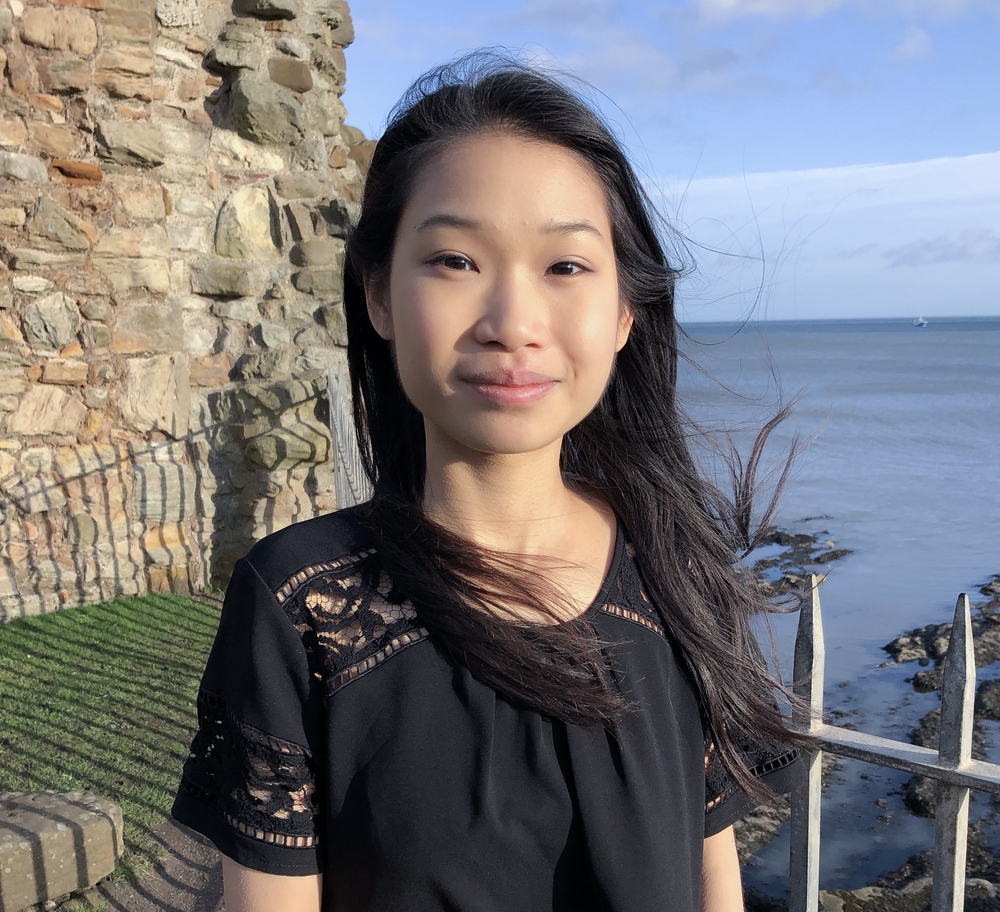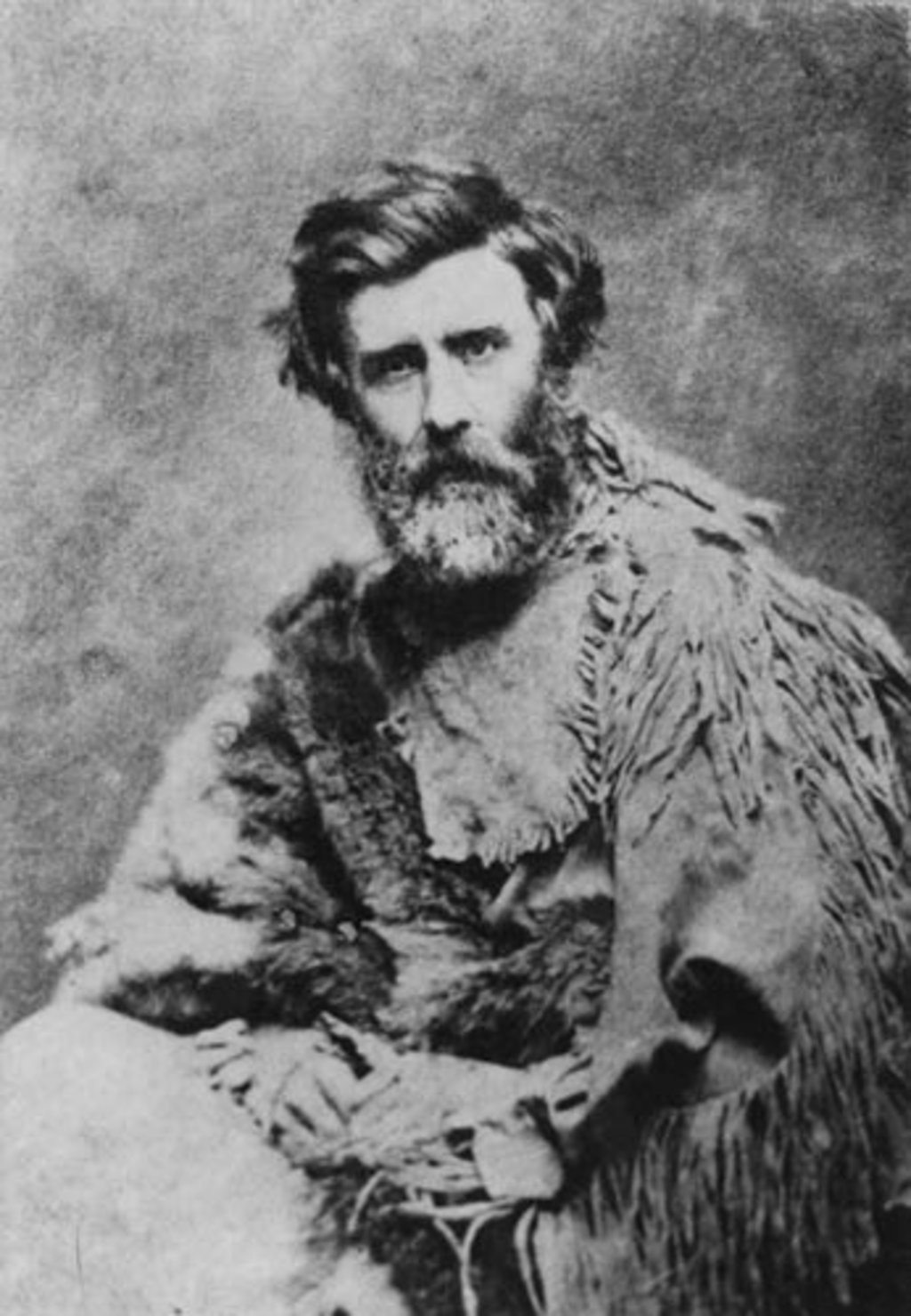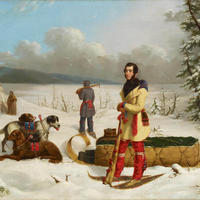More about Paul Kane
Works by Paul Kane

Sr. Contributor
Paul Kane is known for primarily his paintings of the Aboriginal peoples of Canada.
Kane was born in Ireland and immigrated to Canada at the age of ten in 1819, where his family settled around York, present-day Toronto. His father, Michael Kane (no, not that one), was originally a British soldier, but made his living as a liquor merchant in Canada.
He began drawing at an early age, mentored by Thomas Drury, the drawing master at Upper Canada College. By 20, he was employed as a commercial artist, first as a furniture designer and then as a “coach, sign and house-painter.” During this time he also pursued fine art. He was an associate of the first official art society in Canada, the Society of Artists and Amateurs of Toronto, where in 1834 he exhibited nine of his works, mostly landscapes. Kane was also known for his portraits, and he painted the local citizenry of Toronto.
Kane planned to take the de rigeur 'Grand' Tour to study the masterworks of Europe with two of his artist friends, but the plan was derailed when one of them got married. Instead he remained in North America, traveling and painting his way through the midwestern and southern United States. Finally in 1841, Kane sailed for Europe, beginning in Marseilles and then heading to Genoa, Venice, Florence, and Rome. After he left Rome, he hiked the Brenner Pass to Switzerland, then traveled to Paris and finally to London. His travels were well-documented through his sketchbooks.
While Kane was in London, he encountered the works of George Catlin, who documented the native peoples of North America. Inspired by Catlin, Kane shifted his focus to “salvaging” native culture. In this dubious pursuit, Kane traveled and sketched through Northwest, but was stopped short by the Hudson Bay Company (HBC) when he hit their territory. However, through a connection with scientist and colonial administrator John Henry Lefroy, whom he painted a portrait of, and the support of the company’s local chief trader John Ballenden, Kane was able to gain the support of the company’s governor George Simpson to continue his travels.
Kane traveled along HBC routes for two years recording his experiences and encountering Aboriginal and Metis peoples whom he sketchedin his journal. When he returned home to Toronto, he took his studies and created a cycle of oil paintings to illustrate the life of the “North American Indian." Whilst he was working on this, he took no time to start promoting his western adventures, beginning with an exhibition at Toronto City Hall of his sketches and the artifacts he acquired. He petitioned for funding for his twelve perspective oils, but received just $500 from the Legislative Assembly of the Province of Canada. However, he was able to gain the patronage of George William Allen, a prominent lawyer and politician, who paid him $20,000 for one hundred paintings (an amount equivalent to around $675k today!).
Kane was also aided by Harriet Clench, an artist herself who also happened to be the daughter of a former employer. She was an instructor of painting and drawing at the Burlington Ladies Academy where she received instruction herself. They married in 1853 and built a house, which is now a heritage structure, the same year.
Kane’s endeavors in writing were not as well received. A ghostwritten account of his travel based on the journals he kept on the trip was published in 1859 in London, entitled Wanderings of an Artist among the Indians of North America, from Canada to Vancouver’s Island and Oregon through the Hudson’s Bay Company’s Territory and Back Again. Despite this wordy title, it did fairly well in the European market and was translated into French, German, and Danish, but reception was mixed on the home front. The Toronto Mechanics’ Institute, a center for adult learning, did not acquire it for its library, citing the apparently prohibitive six-dollar price tag as the reason. In a letter to the editor of the Globe, one unidentified member of the institute called the book a “twaddle.”
After Wanderings of An Artist, Kane's artistic production, along with his eyesight, began to decline and he died in Toronto on February 20, 1871.
Sources
- Gehmacher, Arlene. “Paul Kane Biography.” Art Canada Institute. 1957. https://aci-iac.ca/art-books/paul-kane/biography.
- Gehmacher, Arlene. “Scene in the Northwest.” Art Canada Institute. 1957. https://aci-iac.ca/art-books/paul-kane/key-works/scene-in-the-north-west.
- Guillet, Edwin C. Cobourg 1798 - 1948. Goodfellow Printing Company. 1948.
- Harper, J Russell. Paul Kane's Frontier; Including Wanderings of an Artist Among the Indians of North America by Paul Kane. University of Texas Press (2017).
- “Paul Kane.” National Gallery of Canada. Accessed March 20, 2020.
- Pratt, Stephanie . "Integrating the 'Indian': the Indigenous American collections of George Catlin and Paul Kane". In Daniel J. Rycroft (ed.). World Art and the Legacies of Colonial Violence. Taylor & Francis (2013). 59–82.
Featured Content
Here is what Wikipedia says about Paul Kane
Paul Kane (September 3, 1810 – February 20, 1871) was an Irish-born Canadian painter whose paintings and especially field sketches were known as one of the first visual documents of Western indigenous life.
A largely self-educated artist, Paul Kane grew up in York, Upper Canada (now Toronto) and trained himself by copying European masters on a "Grand Tour" study trip through Europe. He undertook two voyages through the Canadian northwest in 1845 and from 1846 to 1848. The first trip took him from Toronto to Sault Ste. Marie and back. Having secured the support of the Hudson's Bay Company, he set out on a second, much longer voyage from Toronto across the Rocky Mountains to Fort Vancouver (present-day Vancouver, Washington) and Fort Victoria (present day Victoria, British Columbia).
On both trips Kane sketched and painted First Nations and Métis peoples. Upon his return to Toronto, he produced more than one hundred oil paintings from these sketches. The oil paintings he completed in his studio are considered a part of Canadian heritage, although he often embellished them considerably, departing from the accuracy of his field sketches in favour of more dramatic scenes. Kane's work followed the tenets of salvage ethnography.
Check out the full Wikipedia article about Paul Kane











